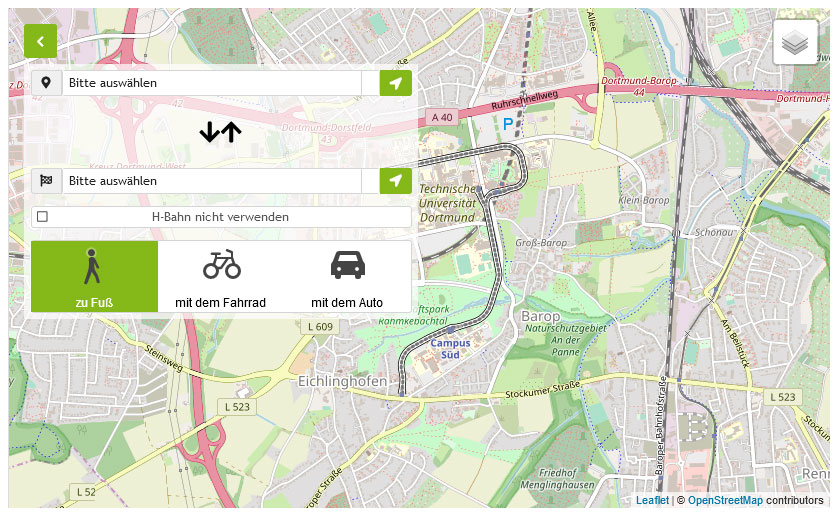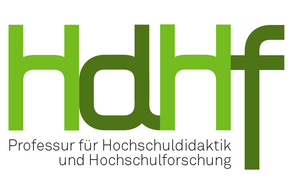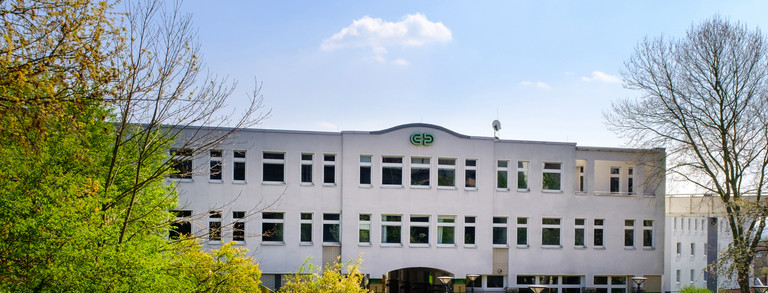Prof. Dr. Uwe Schimank, Ariadne Sondermann & Melike Janßen
(University of Bremen, Germany)
Leistungsbewertungen in Forschung und Lehre: Bedrohungs- und Anerkennungspotenziale
Talk in German language
Das deutsche Hochschulsystem ist seit Beginn der 90er-Jahre einer Vielzahl an Reformen unterzogen worden. Die Einführung eines Qualitätsmanagements in Forschung und Lehre oder die leistungsorientierte Mittelvergabe markieren nicht nur ein gewandeltes Selbstverständnis der Universitäten, sondern auch ein verändertes Verhältnis zwischen Organisation und Professor/innen als zentral verantwortlichen Akteur/innen für Forschung und Lehre, die Rechenschaft über ihre Leistungen ablegen und sich an neuen Bewertungskriterien orientieren sollen. Dieses gewandelte Verhältnis wird häufig von der Organisation oder von Potentialen bzw. Problemen der Implementierung entsprechender Verfahren der Leistungsbewertung ausgehend betrachtet. Demgegenüber machen wir die subjektive Perspektive der Professorinnen und Professoren zum Ausgangspunkt, wobei wir auf Ergebnisse leitfadengestützter Interviews zurückgreifen, die wir im Rahmen eines laufenden Forschungsprojektes zu den subjektiven Wahrnehmungen und Deutungen der Leistungsbewertungen in Forschung und Lehre durchführen. Die Ergebnisse liefern ein komplexes, teils widersprüchliches Bild, da neben einer klaren Abwehr Formen der ambivalenten, mitunter positiven Aneignung zu finden sind, Leistungsbewertungen also nicht per se mit einer Bedrohung beruflicher Identität gleichgesetzt werden.
Uwe Schimank ist seit Oktober 2009 Professor für Soziologische Theorie an der Universität Bremen. Seit 1996 war er bis zum Wechsel nach Bremen Professor für Soziologie an der FernUniversität in Hagen, zuvor war er zehn Jahre wissenschaftlicher Mitarbeiter am Kölner Max-Planck-Institut für Gesellschaftsforschung. Seine Arbeitsschwerpunkte sind die soziologische Theorie, Theorien der modernen Gesellschaft, Organisations- und Entscheidungstheorien sowie die Wissenschafts- und Hochschulforschung.
Ariadne Sondermann ist seit Januar 2014 als wissenschaftliche Mitarbeiterin am Institut für empirische und angewandte Soziologie Bremen im Projekt "LILF- Einfluss von Leistungsbewertungen auf die Integration von Forschung und Lehre im Fächervergleich" tätig. Zuvor war sie an der Universität Siegen wissenschaftliche Mitarbeiterin in qualitativen Forschungsprojekten zu den Arbeitsmarktreformen und dem Wandel von Staatlichkeit in der öffentlichen Verwaltung. Sie studierte Soziologie an der Georg-August-Universität Göttingen.
Melike Janßen ist seit Januar 2014 als wissenschaftliche Mitarbeiterin am Institut für empirische und angewandte Soziologie Bremen im Projekt "LILF- Einfluss von Leistungsbewertungen auf die Integration von Forschung und Lehre im Fächervergleich" tätig. Sie studierte Sozialwissenschaften mit den Schwerpunkten Arbeit- und Organisationssoziologie und Wirtschaftspsychologie an den Universitäten Hannover und Bremen.
Wednesday, 1 July 2015, 4.00–5.30 p.m. | Vogelpothsweg 78 (CDI building), room 114
Center for Higher Education (zhb)
Professorship of Higher Education





